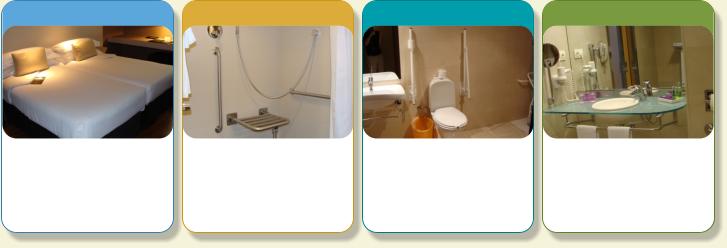On December 27, 2013, Ontario Regulation 368/13 was filed to amend the new 2012 Building Code, O.Reg. 332/12.
The effective date of the amendment is January 1, 2015!!
The amended requirements will substantially enhance accessibility in newly constructed buildings and existing buildings that are to be extensively renovated. They maintain Ontario’s leadership role in requirements for barrier-free design.
In 2005, the government committed to the development of five accessibility standards under the Accessibility for Ontarians with Disabilities Act. These amendments to the Building Code work together with the Design of Public Spaces standard, introduced in 2012, to finalize the government’s commitment to an accessibility standard for the built environment.
Five accessibility standards are already in regulation under the Accessibility for Ontarians with Disabilities Act: Customer Service, Information and Communications, Employment, Transportation, and Design of Public Spaces. For more information on Accessibility Standards, please visit www.ontario.ca/AccessOn.
The new requirements apply to most new construction and extensive renovations. Existing buildings, where no work is planned, are not affected by these new requirements. Houses, including semi-detached houses, townhouses and duplexes, are not affected by most accessibility requirements, with the exception of smoke alarm requirements.
Amended requirements cover a range of areas, including:
Requirements for visual fire alarms to be installed in all public corridors of multi-unit residential buildings and in all multi-unit residential suites
Requirements for all smoke alarms in all buildings, including houses, to include a visual component
Requirements for an elevator or other barrier-free access to be provided between storeys in most buildings, with some exemptions for small residential and business occupancy buildings
Requirements for power door operators to be provided at entrances to a wider range of buildings, and at entrances to barrier-free washrooms and common rooms in multi-unit residential buildings
Updated requirements for barrier-free washrooms and universal washrooms
Requirements for barrier-free access to public pools and spas
Updated requirements for accessible and adaptable seating spaces in public assembly buildings such as theatres, lecture halls and places of worship
For more information on new requirements, see Overview of Updated Accessibility Requirements.
In addition, the text of the amending regulation is available on E-Laws: Ontario Regulation 368/13 – Amendment to Building Code Accessibility Requirements.
Overview of Updated Accessibility Requirements


